Revive MD is a brand that lives up to its name. Founded by real-life medical doctor, Domenic Iacovone, and his business partner Matt Jansen, Revive MD’s supplements are distinguished by the fact that real institutional medical expertise goes into formulating them.
You’d expect an MD in the supplement game to be really on top of current product research and understanding how different ingredients should be combined for complementary/synergistic effects. The Immune Defense formula we’re reviewing today is a great demonstration of Revive MD’s mastery of frontline research.
Revive MD has previously released supplements in this category — Immune Multi, a multivitamin with some supplemental immune support; and Revive MD Zinc, which is a big dose of – you guessed it – zinc.
Revive MD Immune Defense: Prep Your Body’s Armor
We’ll be talking about zinc a lot today because there’s a good amount of it in Revive MD’s newest health and wellness supplement, Immune Defense.
As opposed to the supplements linked above, Immune Defense is Revive MD’s dedicated immunity booster and it’s filled with awesome cutting-edge ingredients that, despite having plenty of research backing, have not yet entered common use among supplement manufacturers.
We’re really impressed with this formula, and we hope that Immune Defense helps push the industry, as a whole, toward recognizing the enormous benefits of the ingredients represented here.
Let’s get into Immune Defense below:
Revive MD Immune Defense – Deals and Price Drop Alerts
Get Price Alerts
No spam, no scams.
Disclosure: PricePlow relies on pricing from stores with which we have a business relationship. We work hard to keep pricing current, but you may find a better offer.
Posts are sponsored in part by the retailers and/or brands listed on this page.
Before we start, also note that Revive launched Immune Defense alongside new separate versions Revive MD Vitamin D3 and Revive MD Vitamin K2 that sports Vitamins K1, 4 and 7, replacing the previous “D3 + K2” product.
Revive MD Immune Defense Ingredients
-
Quercetin (Sophora japonica) Anhydrous – 500 mg
Although often taken as an antioxidant and anti-inflammatory compound, quercetin actually has significant benefits for immunity as well.[1]
Of course, there’s a close connection between immunity and inflammation, but given that the latter is actually an immune mechanism, the fact that quercetin can tamp down on inflammation while still enhancing immunity suggests a sophisticated mechanism of action.
Downregulates “bad” inflammation, upregulates “good” inflammation
A selective modulation of inflammation is what we see from quercetin use. Specifically, it downregulates inflammatory cytokines that are associated with chronic inflammation and “diseases of civilization,” like Th-2 derived interleukin 4 (IL-4),[2] which is also implicated in the development of fibrosis from immunological reactions[2] and cancer.[3]
At the same time, quercetin seems to upregulate Th-1 derived interferon-γ (IFN-γ), another inflammatory cytokine that is produced by the body’s natural killer (NK) cells, and is involved in direct antiviral and antimicrobial immune responses initiated by NK cells.[4]
This differential modulation of immune-driven inflammation responses is thought by researchers to be the secret behind quercetin’s immune-boosting properties.[5]
Enhances immune-boosting effects of zinc: a zinc ionophore
The other big key to understanding quercetin’s immune benefits is its status as a zinc ionophore, meaning that it acts as a channel for positively-charged zinc ions to pass through cell membranes and enter cells,[6] where they can actually inhibit viral replication. Green tea extract, which is also below, functions as a zinc ionophore as well.[6]
Note that we also have a nice dose of zinc in Revive MD Immunity, which quercetin is intended to synergize with for a more potent immunity boost. Zinc is covered in greater detail below.
In general, it’s great against upper respiratory infections – a randomized community clinical trial published in 2010 showed a reduction in both severity and total sick days in middle-aged and older participants over the course of 12 weeks, but note that they were taking 1000 milligrams per day in this study.[7]
Efficacy against novel viruses
Unsurprisingly, interest in quercetin’s immune-boosting properties has been renewed in recent years, due to the growing risk of pandemic diseases.
-
Ebola, Zika, Influenza
Quercetin was investigated as a potential treatment for the Ebola virus, which some of you may remember (we know, it was a few pandemic operations ago), and a 2016 study found that 3-beta-O-D-glucoside (Q3G), a certain metabolite of quercetin, was able to protect mice from severe Ebola disease.[8]
A followup study conducted a year later discovered that Q3G also shows antiviral activity against the Zika virus.[9]
By the same token, Q3G has been shown to discourage infection with several influenza strains.[10]
-
The novel SARS-CoV-2 virus of 2020
So now the discussion you’ve all been waiting for… is quercetin effective against the novel SARS-CoV-2 viral strain that has led to so much of our societal pain this decade?
A June 2020 study concluded that, yes, quercetin does seem to prevent virus entry, among other immunoregulatory effects, that can be useful in fighting this decade’s novel virus strain.[12] The combination of quercetin and vitamin C seems particularly effective at dampening the extremely inflammatory “cytokine storm” that the virus can cause, which is characterized by extremely high interleukin levels.[12] Recall that quercetin is involved in downregulating the production of interleukin 4, so it makes sense that quercetin could help manage this syndrome.
Research reviews on quercetin’s efficacy in fighting this virus have noted that quercetin’s effects on the angiotensin converting enzyme (ACE) system, as well as its effect on certain virus-specific enzymes required for viral replication, make it an excellent potential therapy against this virus.[11,13]
Note the other ingredients
So we’ve cited some studies that show quercetin has synergistic pro-immunity effects when taken in combination with vitamin C and zinc… And we have generous doses of both in Revive MD Immune.
It just goes to show that Revive MD really did their research on this one and set their primary ingredients up for success by complementing each one with the right stuff.
-
-
Green Tea Leaf Extract (98% Polyphenols, 80% Catechins, 50% EGCG) – 250 mg’
At this point, pretty much everybody has heard about how green tea is absolutely loaded with disease-fighting polyphenol and catechin antioxidants. We’ve heard a lot about how it can help prevent obesity, improve blood sugar control, and lower stress levels. We think of tea as a great prophylaxis against all kinds of lifestyle diseases.
But did you know that tea can also have direct antiviral effects as well?
Antiviral properties and another zinc ionophore
The flagship antioxidant contained in green tea, and the one that gets studied the most, is epigallocatechin gallate (EGCG). As it turns out, EGCG is capable of inhibiting the replication of many viruses, including several strains of the dreaded influenza (flu) virus, which it does by upregulating the expression of an important immune protein called human beta defensin 3 (HBD3).[14,15] The same study showing that quercetin is a zinc ionophore showed that EGCG is as well![6]
A 2020 study conducted in healthcare workers found an inverse correlation between catechin intake and the incidence of upper respiratory tract infections (URTIs).[16]
Potential T Cell improvements
EGCG even seems to be capable of boosting the number of regulatory T cells present in the human body,[17] which is absolutely crucial for optimizing immunity since regulatory T cells essentially decide how specific your body’s immune response to a foreign body should be.[18] Regulatory T-cell dysfunction can contribute to the development of autoimmune disease, so you definitely want to make sure that your regulatory T cells are working properly!
One study goes so far as to name EGCG as a potential treatment for regulatory T-cell induced autoimmune disease.[19]
But again, the effectiveness of green tea antioxidants is not limited just to viruses – research shows that they have broad antimicrobial effects, meaning they can potentially contribute to your body’s attempts at fighting off not just viruses but also other invaders like bacteria, parasites, and fungi.[20]
-
Turmeric Rhizome Extract (95% Curcuminoids) – 500 mg
Not just a joint supplement. It’s an all-encompassing anti-inflammation support supplement that also helps with immunity! If you want to learn even more, see our Revive MD Turmeric+ article.
Turmeric is a distinctive orange-yellow spice that’s produced from the rhizome of the Curcuma longa plant. It’s closely related to ginger, which happens to share many of the benefits we’ll be discussing in this section.
Turmeric has been used for hundreds, if not thousands, of years to treat a wide variety of ailments in both traditional Chinese medicine (TCM) and Ayurvedic medicine.[21,22] Turmeric extracts – specifically curcumin-standardized extracts like the one used in Revive MD Immune Defense – have also enjoyed a moment of vogue in modern supplementation practices, as the curcuminoids are linked, by a large and growing body of evidence, to anti-inflammatory and anti-microbial benefits.[23-25]
The list of illnesses for which curcumin has been proposed as a treatment reads something like a Who’s Who? for the so-called diseases of civilization – everything from depression to cancer and diabetes seems to be positively affected in a significant way by curcumin.[23,25]
One study even goes so so far as to call curcumin a “nature-made Jack-of-all-trades.”[25]
Curcumin seems to be great at improving many components of human immune system functioning, including T cells, B cells, macrophages, neutrophils, NK cells, and dendritic cells.[21,22]
-
Elderberry (Sambucus nigra) Fruit Extract – 300 mg
Elderberry is the colloquial term for Sambucus nigra, also known as European elder.
Also note that Revive MD has split their D3 + K2 supplement into two separate products, released at the same time as Immune Defense
This medicinal herb has an incredibly rich history of use in treating common ailments – it was the subject of a royal decree by Charlemagne and has also been linked to biblical history.[26]
The ailments for which elderberry was traditionally prescribed are what we’d recognize as inflammation, pain, swelling, infection, and diuresis.[27]
The berries of the elderberry plant are rich in flavonoids, polyphenols, vitamins, and antioxidants – as most berries are – and have been shown to be useful in treating common viral issues like bronchitis, sinusitis, and flu.[27]
Peer-reviewed studies have shown that elderberry preparations can improve outcomes in cold and flu cases in several ways: by reducing the duration of symptoms, enhancing the adaptive immune response to the pathogen, and intensifying the immune response to upregulate the production of specific cytokines.[28]
More generally, elderberry has been shown to have strong antioxidant and anti-inflammatory properties.[27,28]
-
Andrographis (Andrographis paniculata) leaf powder – 200 mg
Andrographis is native to tropical and subtropical Asia where it’s known as “king of the bitters”, owing to its profound benefits for human health.
Parts of andrographis paniculata – A: Aerial part, B: fruits and flowers, C: close-up of the flower, and D: fruits.[29]
It has been used in traditional medical systems of India, China, Thailand, Bangladesh, Pakistan, Hong Kong, Philippines, Malaysia, and Indonesia, among others,[30] where it’s prescribed for a wide variety of ailments, including common cold, respiratory infections, pharyngitis, pharyngolaryngitis, pneumonia, lung infections, urinary tract infections, indigestion, and liver diseases.[30]
Rich in diterpenoids, flavonoids, and polyphenols, andrographis has been shown in several studies to increase the body’s number of T cells and T helper cells, as well as modulating the immune response in a favorable manner.[30,31]
The main bioactive constituent of andrographis extracts, andrographolide, has also been identified as a potential treatment for a certain novel virus that has greatly inconvenienced all of us, and caused more than a million deaths, since over two years ago.[32]
Used abundantly in Sweden, with great effects
An interesting tidbit about andrographis is that it’s been heavily used to treat colds in Sweden,[33] a nation that fared better than nearly all others in 2020. Earlier in 2020, models showed that constituents like andrographolide (AGP1) and especially neoandrographolide (AGP3) display potent antiviral properties.[34] A comprehensive review published in 2022 elucidates additional mechanisms that may have helped.[29]
-
Resveratrol (trans-resveratrol) – 150 mg
Resveratrol has gotten a fair amount of press in recent years as one of the primary bioactive constituents of grapes and, more specifically, red wine. Resveratrol is touted as being responsible for many of red wine’s health benefits, because of its ability to beneficially modulate a ton of human genes by upregulating a protein called sirtuin 1 (SIRT1).
The second-order effects of SIRT 1 upregulation are far-reaching indeed, and now they appear to include immune modulation as well.[35]
Resveratrol has been shown to significantly increase the growth of certain types of T cells, including the all-important regulatory T cells that we discussed earlier.[36]
In animal studies, resveratrol seems to boost adaptive immune response,[37] which is necessary for acquired immunity to novel pathogens.
As resveratrol is also capable of modulating inflammatory responses, it can help prevent or manage certain inflammation-related symptoms of various illnesses.[38]
-
Zinc (as Zinc Gluconate) – 25 mg
Having adequate zinc is an absolute necessity for proper immunity. Zinc is required for the optimal function of NK cells, neutrophils, and macrophages,[39] all of which are central to innate immunity, which is responsible for identifying pathogen-infected cells in your body and then destroying them (through apoptosis or phagocytosis) to prevent the pathogen from spreading.
A zinc deficiency can actually render your body incapable of producing T cells and B cells,[39] which are involved in adaptive immunity, the part of your immune system that’s responsible for building new immunity to novel pathogens.
Not getting enough zinc can also actually increase apoptosis (programmed cellular self-destruction) in immune cells, particularly immature immune cells, which can leave you highly vulnerable to future infection if it goes on long enough.[40,41]
Many studies have shown the efficacy of zinc supplementation in boosting immunity against a wide range of viral infections.[42-45]
NOT to be stacked here, but you can learn more in our Revive MD Zinc article. This one has 50mg elemental zinc from OptiZinc (zinc monomethionine).
Given that zinc has not just antiviral, but antibacterial, properties as well, boosting zinc function through quercetin supplementation is a great strategy for enhancing your immunity to a wide range of pathogens.[46,47]
Zinc supplementation has been shown to decrease oxidative stress, particularly in patients with an active illness. And just like several other ingredients in Revive MD Immune Defense, zinc does much more than decrease global inflammation – it specifically upregulates certain kinds of inflammation while downregulating others, thus promoting a healthier immune-driven inflammation response overall.[39]
It’s no wonder that prophylactic zinc supplementation has been shown to significantly decrease the incidence of respiratory infections in both children[48] and adults.[49]
While there’s already Revive MD Zinc which uses OptiZinc, Immune Defense uses zinc gluconate. This form of zinc has been shown to outperform cheaper zinc oxide[50] and has shown great success against the common cold.[51] Since Revive MD Zinc uses 50 milligrams of zinc, we don’t recommend stacking these, since the total dose would be 75 milligrams — well above the upper recommended limit.
-
Vitamin C (as ascorbic acid) – 1,000 mg
With vitamin C closing out our discussion of this formula, in a sense, we’ve saved the biggest dose for last. This takes up nearly two of our six capsules, so you know Revive is putting a lot of weight into the popular vitamin.
Although perhaps not the most potent immune-boosting ingredient on the list, vitamin C one of those indispensable ingredients with a long and colorful history of use.
Ever since the famously eccentric Nobel Laureate in Chemistry, Dr. Linus Pauling, infamously proposed that vitamin C megadosing could “cure”, well, virtually everything, controversy about the efficacy of this humble generic vitamin has raged. And, as it turns out, a lot of the original claims made for vitamin C (but certainly not all of them) have stood the test of time and withstood research scrutiny.
Vitamin C’s synergy with other ingredients
The first thing to note about the use of vitamin C in Revive MD Immune Defense is that megadoses have been shown to act synergistically with several other ingredients in this formula – namely, zinc[52,53] quercetin,[54] and flavonoids (which occur naturally in elderberry).[55]
That’s why you see a lot of over-the-counter immunity supplements combining zinc and vitamin C – although those products obviously don’t compare in sophistication or efficacy to something like Immune Defense from Revive MD.
Nonetheless, we should take note of the fact that it’s already common practice to supplement with vitamin C at the onset of a cold or flu.
Vitamin C’s mechanism of action
Vitamin C is an essential nutrient, meaning your body can’t make vitamin C on its own and must obtain it in its whole molecular form from the foods, drinks, and supplements you consume.
It’s an antioxidant— maybe the most famous and talked about antioxidant, which helps maintain the health of your cells, and, hence, your tissues and whole body—by preventing free-radical induced cellular damage.
This antioxidant, and ultimately the anti-inflammatory effect of vitamin C, is the main reason why it ‘s been shown to improve immunity and help reduce symptoms during active courses of illness.[49,56,57]
In fact, megadoses of vitamin C were proposed very early as a treatment for the novel SARS-CoV-2 virus, owing to vitamin C’s ability to mitigate the devastating inflammatory cytokine storm caused by that virus.[58]
Other documented benefits of vitamin C supplementation include:
- More active phagocytosis – the ingestion of pathogenic microbes by immune cells[56]
- More apoptosis – NK-induced programmed cell death that prevents contagion between cells[56]
- Reduced necrosis, less tissue damage from illness[56]
- Increased production and differentiation of T cells and B cells, which play a central role in adaptive immune responses[56]
- Increased epithelial (skin) integrity, thus lower chance of pathogens entering your body[56]
- Antioxidant support[56]
- Upregulation of monooxygenase and dioxygenase enzymes, facilitating collage, carnitine, and catecholamine production[56]
There’s still a bit of controversy about whether vitamin C supplementation can decrease the risk of getting sick, but the current data shows pretty clearly that people taking at least 200-milligrams daily – one-fifth the dose used in Immune Defense – will have colds of a shorter duration and intensity than those who aren’t.[59]
The dangers of vitamin C deficiency
Since it’s an essential nutrient, you probably won’t be surprised to learn that vitamin C deficiency causes all kinds of problems in the human body.
Among these are lowered immunity and a correspondingly increased risk of infection.[49,56]
Severe vitamin C deficiencies – which are unlikely in the modern environment, but still possible – can cause scurvy, a storied and potentially fatal disease.[60]
A wonderful stack of ingredients for immunity. The next couple of things we’d add? NAC (without a doubt), and if you’re really getting concerned, some garlic.
Dosage and Instructions
This is a six capsule serving size. It can all be taken once per day with a meal, but if possible we prefer an AM/PM dosage split roughly 12 hours apart to space out the supplement’s support.
Third-party lab tested!
A final thing you should know about Revive MD is that everything they put out is third-party lab tested for any residues of banned or controlled substances, making it a brand that’s safe for drug-tested athletes.
Conclusion: Flu Season is Upon Us
Although you might expect a product like this to focus entirely on boosting the intensity of the immune response and facilitating adaptive immunity, there’s actually quite a bit of focus on helping regulatory T cell function, which is crucial for long-term immune health and preventing autoimmune diseases.
So this isn’t just an anti-viral or anti-microbial supplement – it’s a serious attempt at supporting comprehensive immune health.
This is a very well-timed release. Despite the mysterious “disappearance” of influenza (or at least influenza reporting) the past couple of years,[61] it seems that it’s back in the mainstream zeitgeist for the winter of 2022/2023, so it’s best to have your body prepared with the weapons to fight whatever they throw at us next.
Revive MD Immune Defense – Deals and Price Drop Alerts
Get Price Alerts
No spam, no scams.
Disclosure: PricePlow relies on pricing from stores with which we have a business relationship. We work hard to keep pricing current, but you may find a better offer.
Posts are sponsored in part by the retailers and/or brands listed on this page.

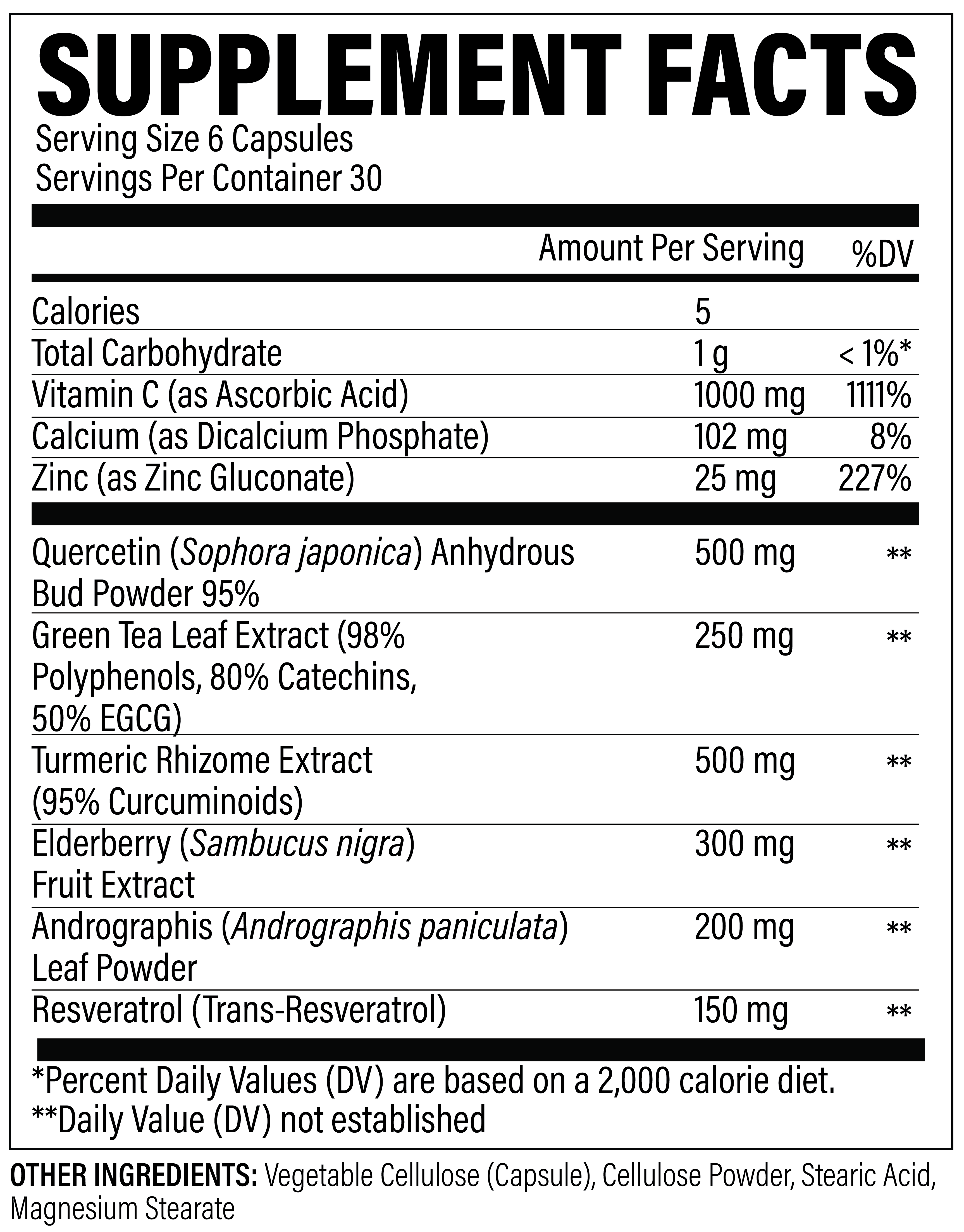

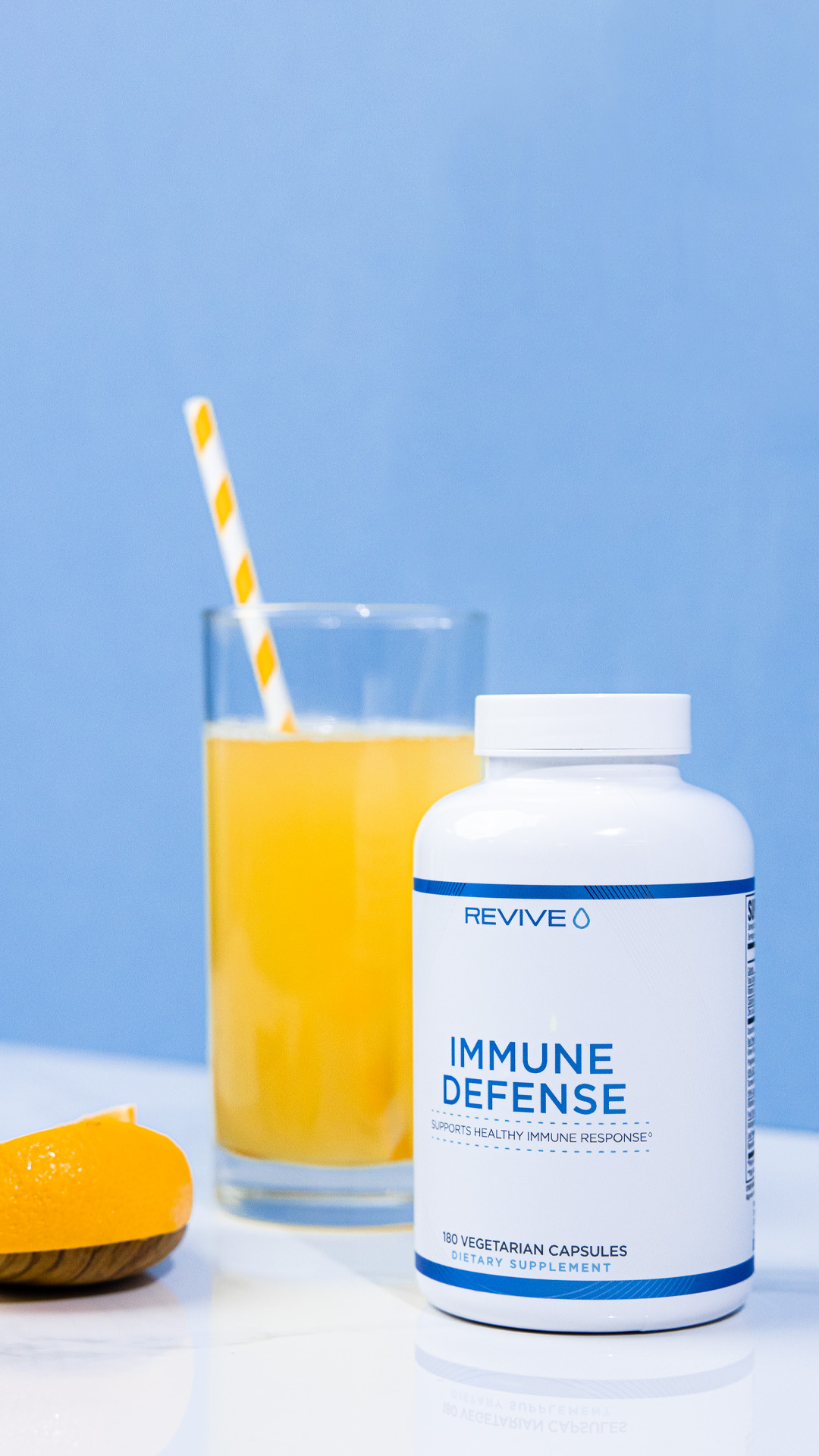

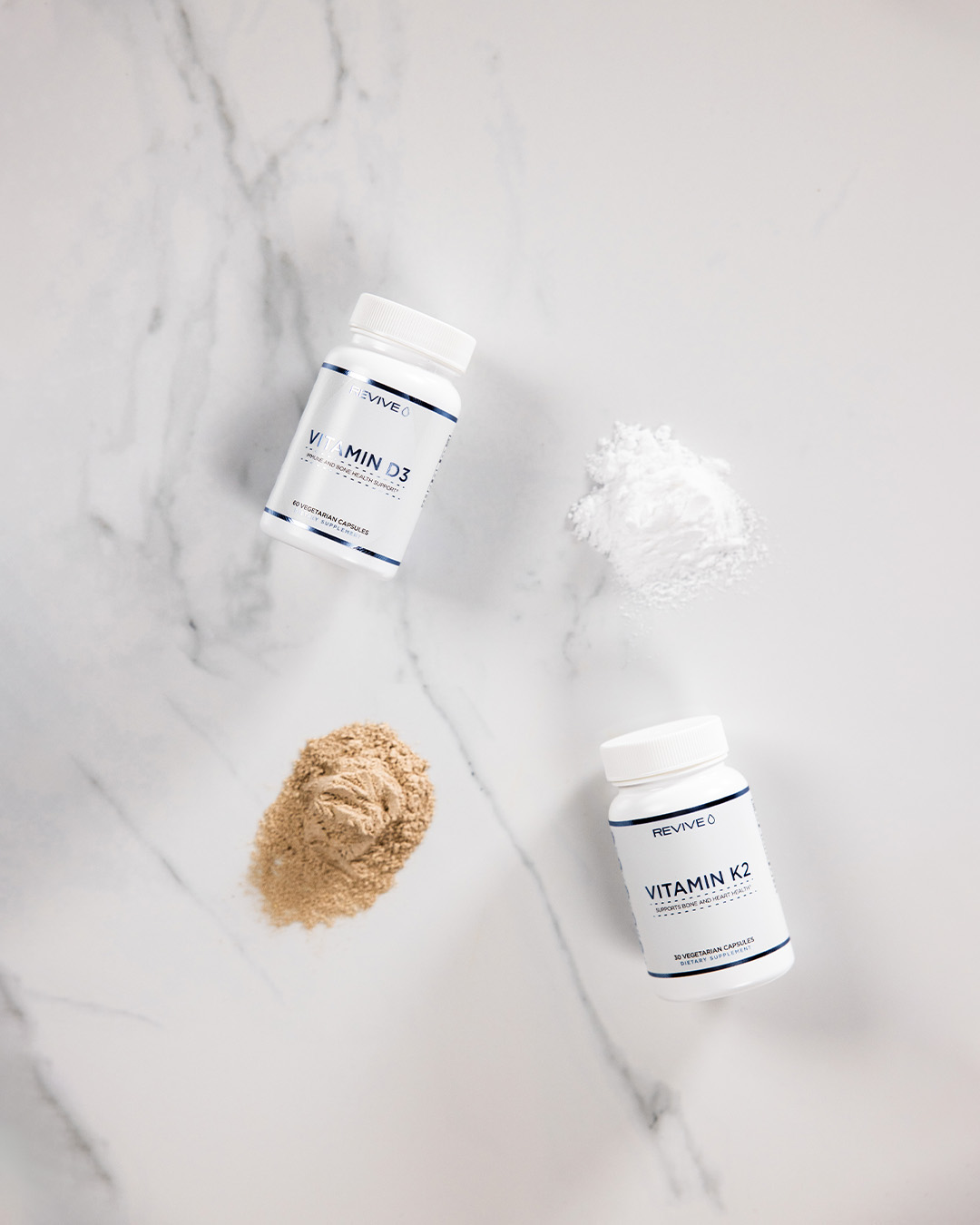

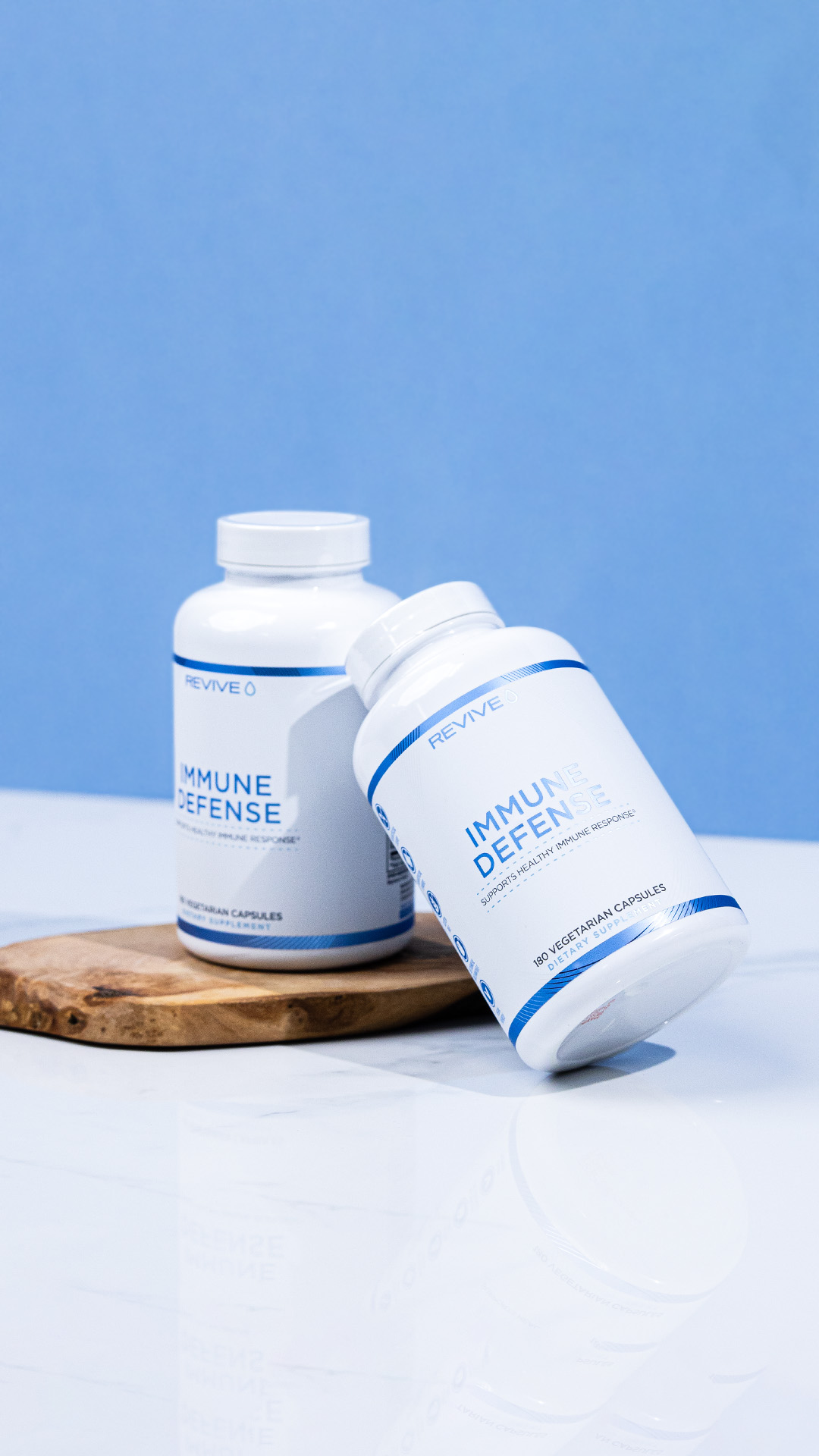
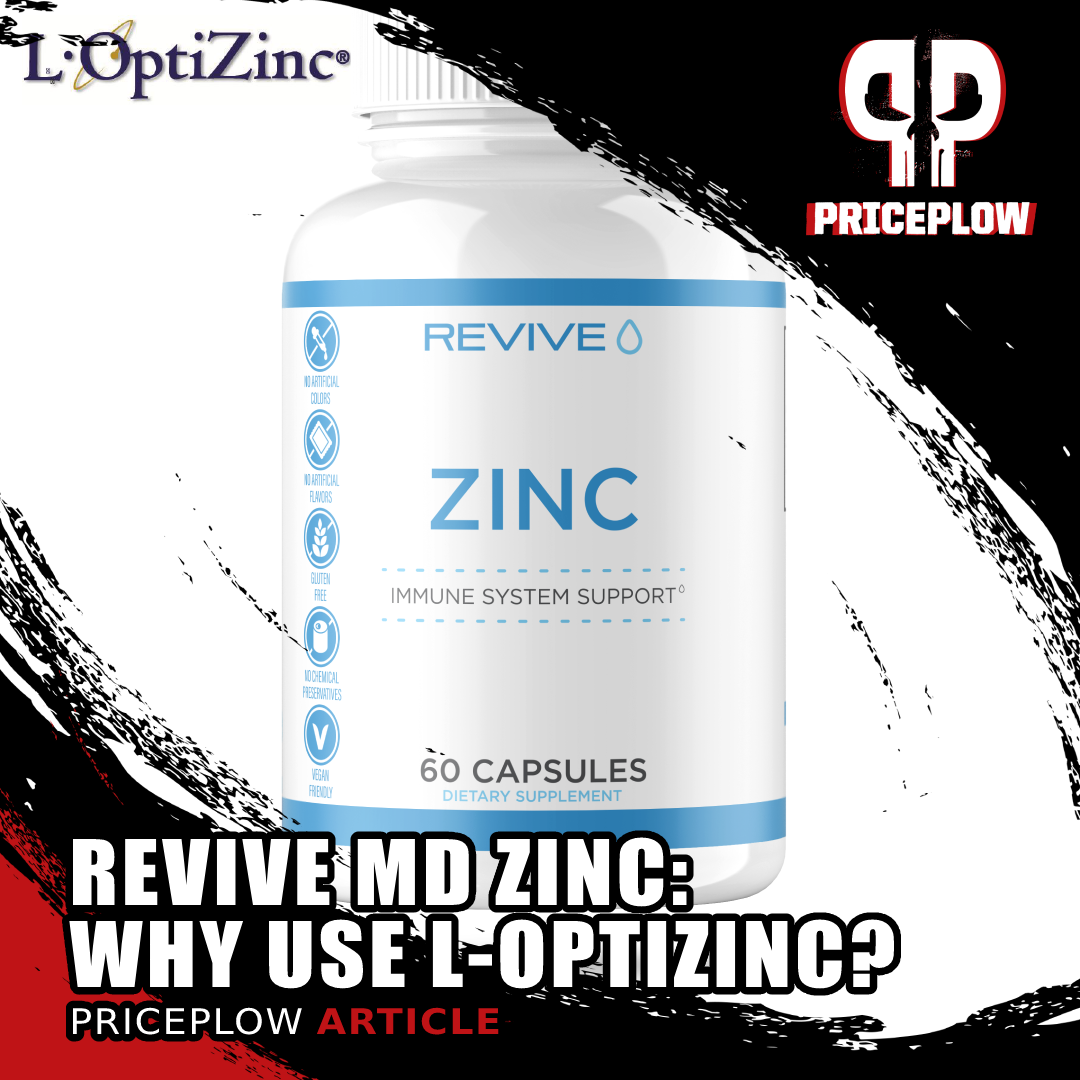

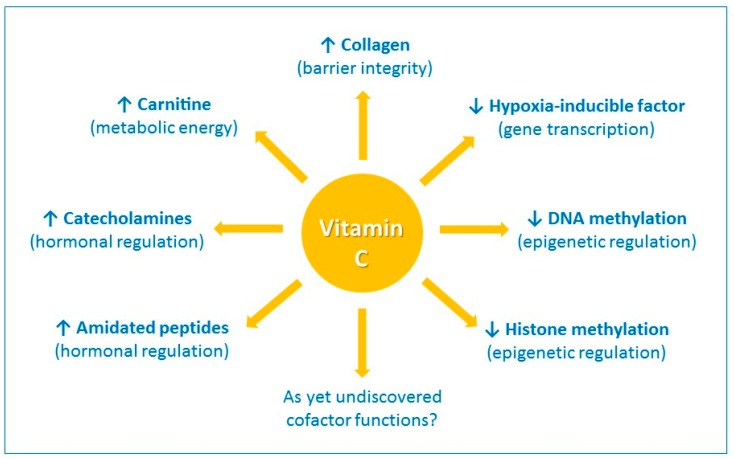
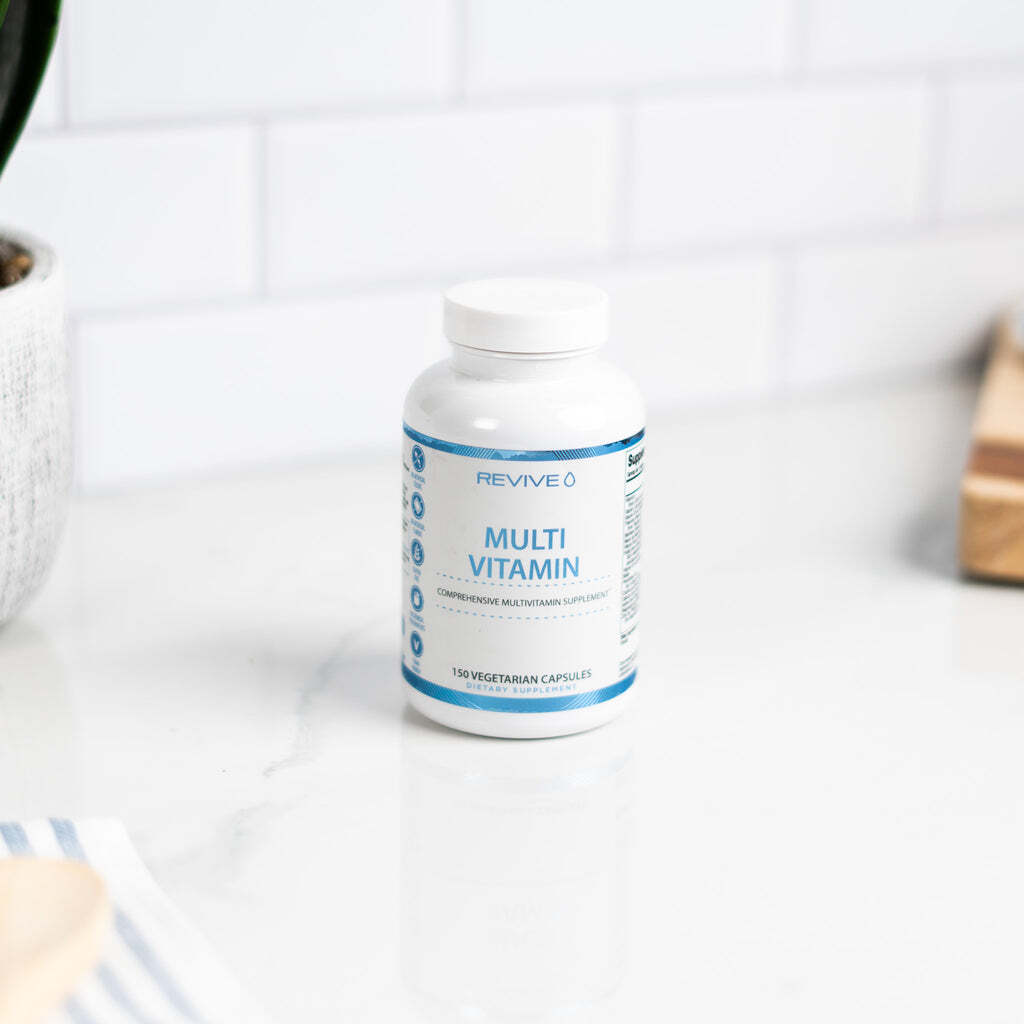


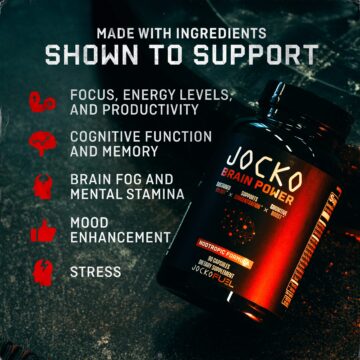
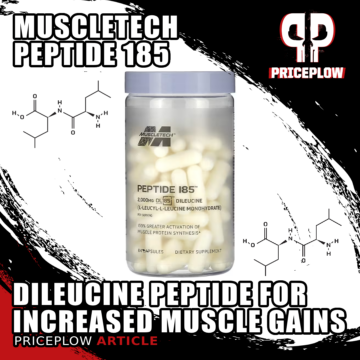
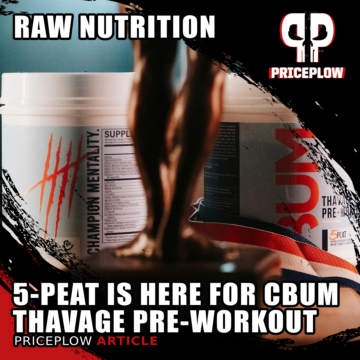
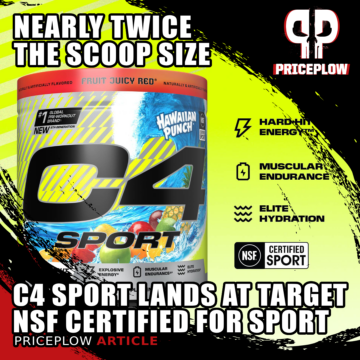

Comments and Discussion (Powered by the PricePlow Forum)